How To Declutter A Kitchen — 8 Easy Ways You Can Tackle Mess Before the Holidays
Curbing clutter in your kitchen has never been easier with these expert-approved tips and tricks
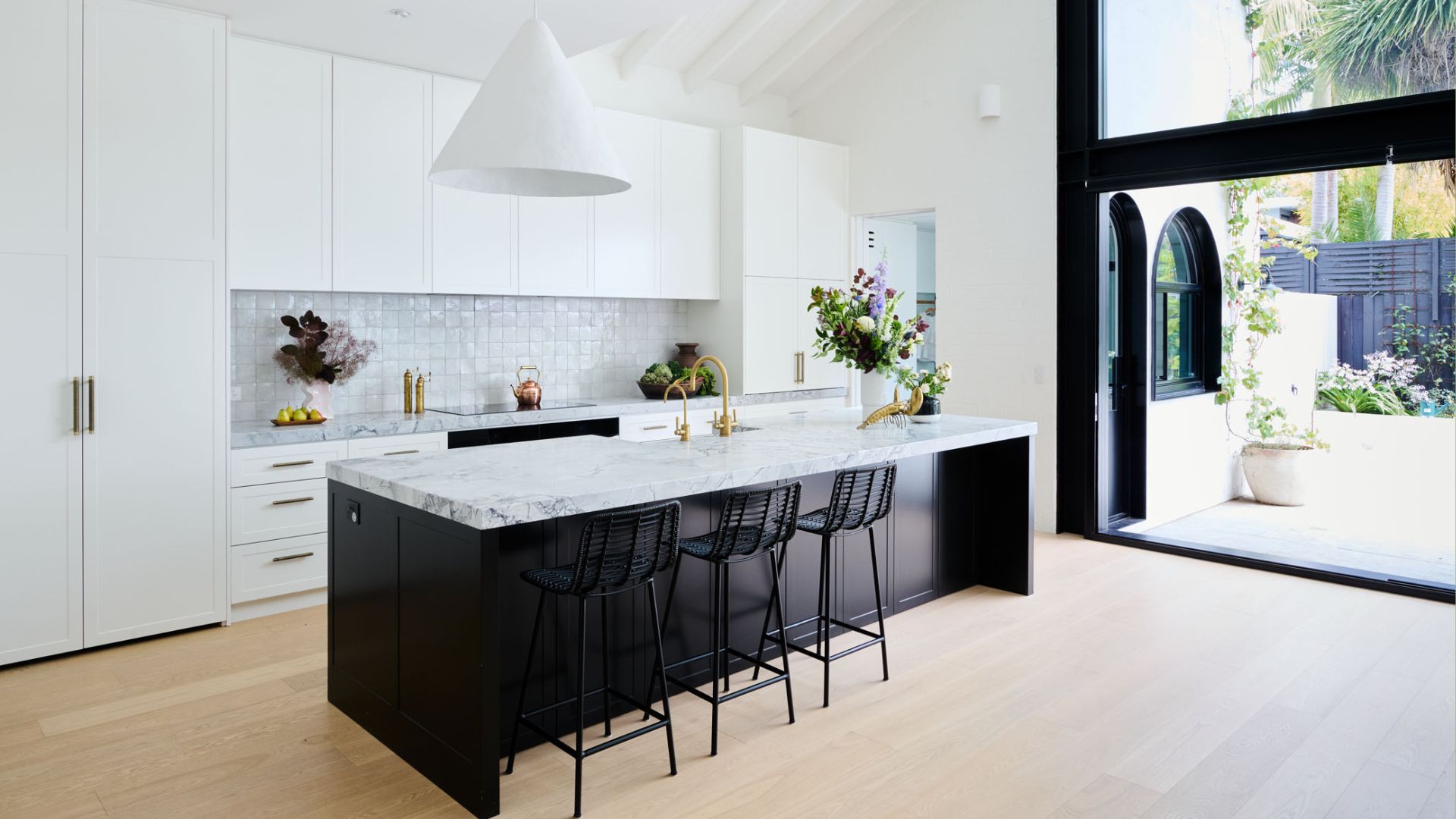

A kitchen can go from clean to cluttered in no time. It starts with one crumb-filled plate left on the side and a couple of appliances on the counter, but in a blink, every surface seems covered, and you're flooded with overwhelm.
Knowing how to declutter your home is a great way to help remove unwanted items and feelings that have been lingering for quite some time. Having fewer possessions in a given space will curb the amount of clutter that accumulates in one area of the home.
To help save your kitchen from its cluttered state of frenzy, I spoke to a few professional organizers to learn their top tips and processes for decluttering a kitchen once and for all. There's no time like the present to implement these changes, so here they are.
1. Figure out your 'problem zones'
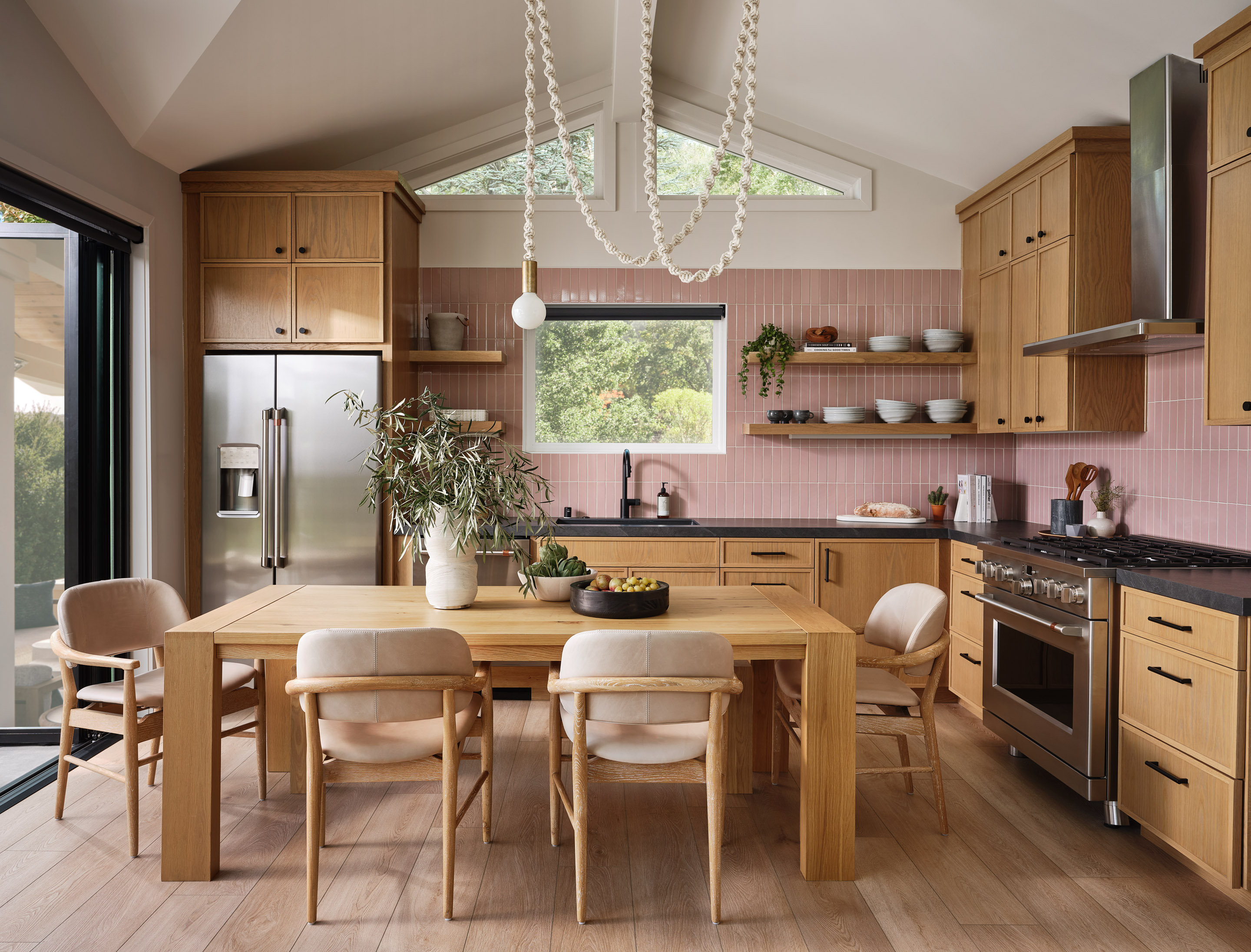
Decluttering is a task that many people find overwhelming, so breaking it down into something more manageable is often a good first step.
Begin by identifying which areas of your kitchen are prone to becoming cluttered and try to figure out why. Is it a place where people often dump their dishes, which leads to an unwanted pile-up? Are appliances on a particular surface never put away and there are no kitchen counter organizers to encourage good tidying practices? If so, then it's probably time to take action.
Heidi Solomon, professional organizer and interior decorator at POSH Boston, says, "As the heart of a home, kitchens are busy spaces, often where we begin and end our days. It’s easy for stuff from daily living to land there, especially if we don't have any pre-existing systems in place to prevent that from happening."
Tackling the most cluttered areas first will create the most impact. But if you're someone who struggles to begin decluttering, opting for areas with less clutter might be a good way to get the ball rolling.
The simplehuman stainless steel frame dishrack from Target is spacious and will help give your dirty dishes a home instead of piling up on a kitchen worktop. It even has a section to safely store your stemware.
2. Empty everything out
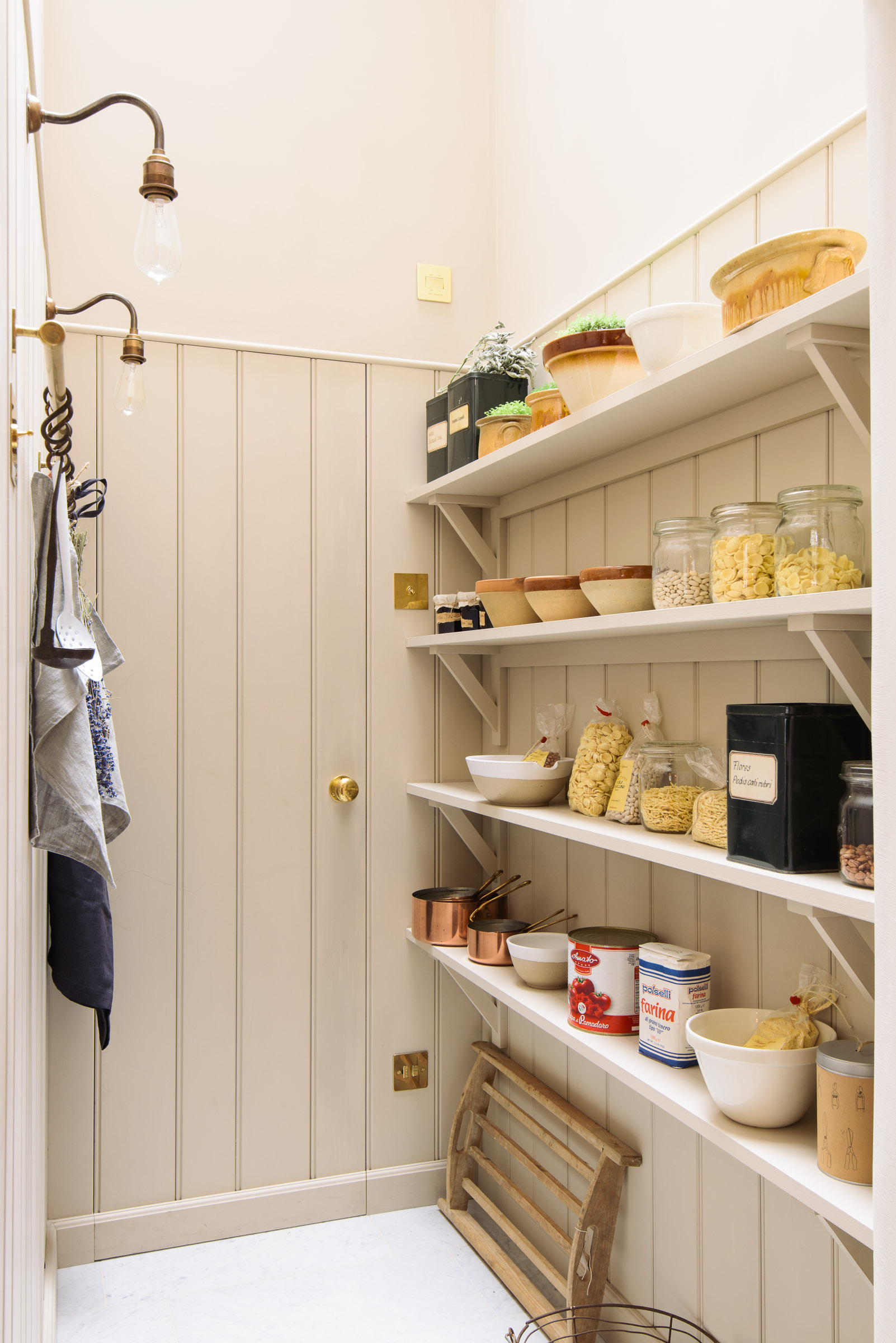
Now, let's hop into actively decluttering. The best way to begin making a positive change in your cluttered kitchen is to get everything off of your surfaces and out of your cabinets to categorize. If you have lots of stuff you can work area by area, starting with your open spaces like counters and shelves for higher impact, then moving to tucked away items you should get rid of in your kitchen cabinets.
Your kitchen floor is a good candidate as it's spacious and will grant plenty of room to look through what your kitchen actually contains. Putting down a tarp like the budget-friendly all purpose canvas drop cloth from Amazon will keep your items hygienic and safe from potential scratches. If you have a bad back or would prefer to stand up, laying everything out on your dining table will do the trick, too.
"First I would clear off your countertops and kitchen table as much as possible," says Heidi. "Then, remove the contents from each drawer and cabinet. As you remove items, sort them into categories: cooking tools, food items, appliances etc, then create separate piles from these containing what you no longer want and what's to stay in the kitchen."
This approach ensures that you see every item in your kitchen, and though this may be a lot to take in in a cluttered space, it'll give you a true measure of what you have. Kiera Malowitz, certified professional organizer and owner of Decluttered LLC says, "We all have those items that we hardly use or that we have aspirations of using 'one day.' I remember when my husband and I got married, we asked for a fondue set. We had big dreams of having fondue gatherings at our home. Over time we discovered that while we love fondue, we much prefer to go out and enjoy the ambiance at a restaurant than staying in our own home. Think about what you truly enjoy using at home and let go of the rest."
3. Decide what to declutter

If you're unsure where to start with your kitchen decluttering, there are some easy quick wins that won't leave you feeling decision fatigue. "I recommend checking all expiration dates on food items and assessing your categories for duplicates," says Heidi.
Expired food items can be tossed out, and if you have twenty bowls, the time you've taken to assess your categories has highlighted them as an area to consider cutting down.
Remember these two key things throughout the process: everyone's kitchen is unique, so if your bowl collection brings you joy, you don't have to let some go. And decluttering doesn't necessarily mean that you have to get rid of anything. The items in your kitchen may just be in the wrong places and need putting away to maintain a sense of order.
4. Recall your re-purchases
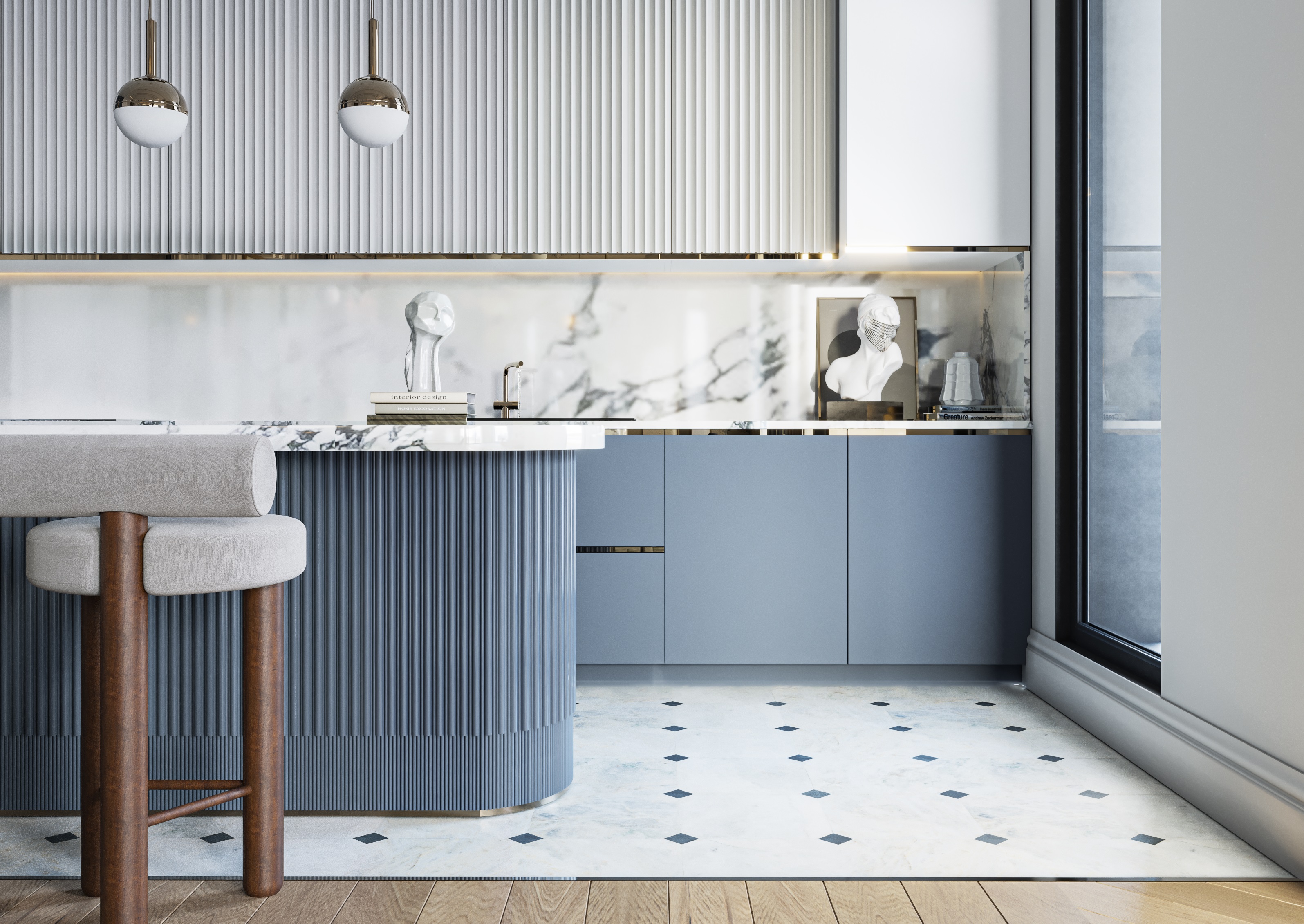
If you bought a new cutting board because your last one was poor quality or damaged, why do you still have the old one? If you bought a new set of plates and have mismatched ones left in the cupboard that you have never reached for, do you really need to keep them?
"Clutter can build up when we upgrade and buy new items but fail to let go of the previous items," says Mindy Godding, certified professional organizer, owner of Abundance Organizing and president of the National Association of Productivity and Organizing Professionals (NAPO).
So if you're wondering where to start when working your way around a cluttered kitchen area, perhaps take some time to recall what you most recently replaced.
5. Give all items a home or 'zone'

Making sure every item in your kitchen has a home or zone may sound like more of an organizational tip, but it's actually a crucial step in keeping your kitchen decluttered. If an item doesn't have a designated space — including decor for decorating kitchen countertops — it's more likely to be left out, lingering as a piece of clutter. Whereas, if it has a home, you will know where the item is supposed to go and (hopefully) return it there.
"Ideally, you want to be able to plant your feet and reach anything you would need for a task," says Mindy. "Think through the steps and supplies for simple kitchen tasks — like making a cup of coffee or packing a lunch — and then pull those items together somewhere, whether that's a drawer, shelf, or container. Then you can review duplication and remove items that are unnecessary. Understanding the inventory needed for a task can help us to make better decisions about where to store items and how much is too much. If drawers and cabinets are overloaded, then it becomes hard to put things away. As a result, items can rapidly build up on counters and even floors."
Adding labels on your shelf or containers where items are meant to go will help you get used to your new tidying routine, as well as combat clutter blindness. I like the watercolor canning stickers from Walmart because they're something a little different and decorative, but the avery chalkboard labels are tried and trusted, with the perks of being reusable and removable.
6. Pair your lids and containers
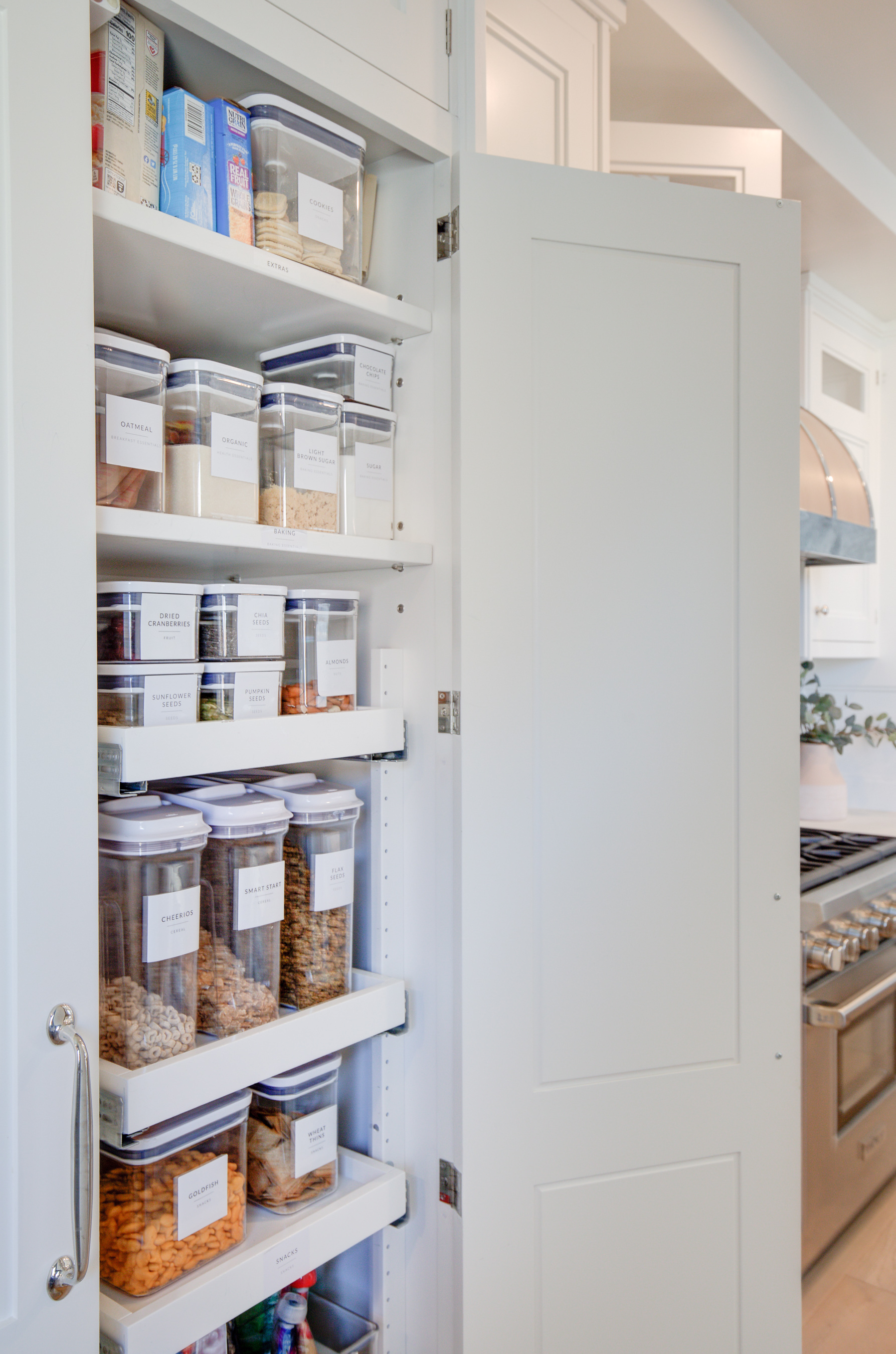
It really hit home when Kiera mentioned the importance of matching food storage containers together with their lids. I swear the lids seem to crawl off somewhere on their own accord to never be seen again, so there are always mismatched pieces left cluttering my kitchen.
"Typically one of the messiest areas of a kitchen is food storage containers. Whether you have plastic or glass or both, somehow those pesky lids go missing!," says Kiera. "It's a great idea to go through these every few months, matching lids to their respective containers and seeing what containment has lost its other half. Then, declutter from there. Also look at what containers you aren't using and if certain sized ones in sets are never reached for."
The Container Store has a vast array of handy kitchen storage pieces available in different materials to help make your pantry so much more functional. The Rubbermaid Brilliance Food Storage Container Set of 36 is the ultimate package deal of storage, giving everything in your kitchen a home. However, if smaller containers in a set tend to go unused in your household, something like the Lustroware Smart Locks Boxes may be more suitable for your needs.
7. Make it fun
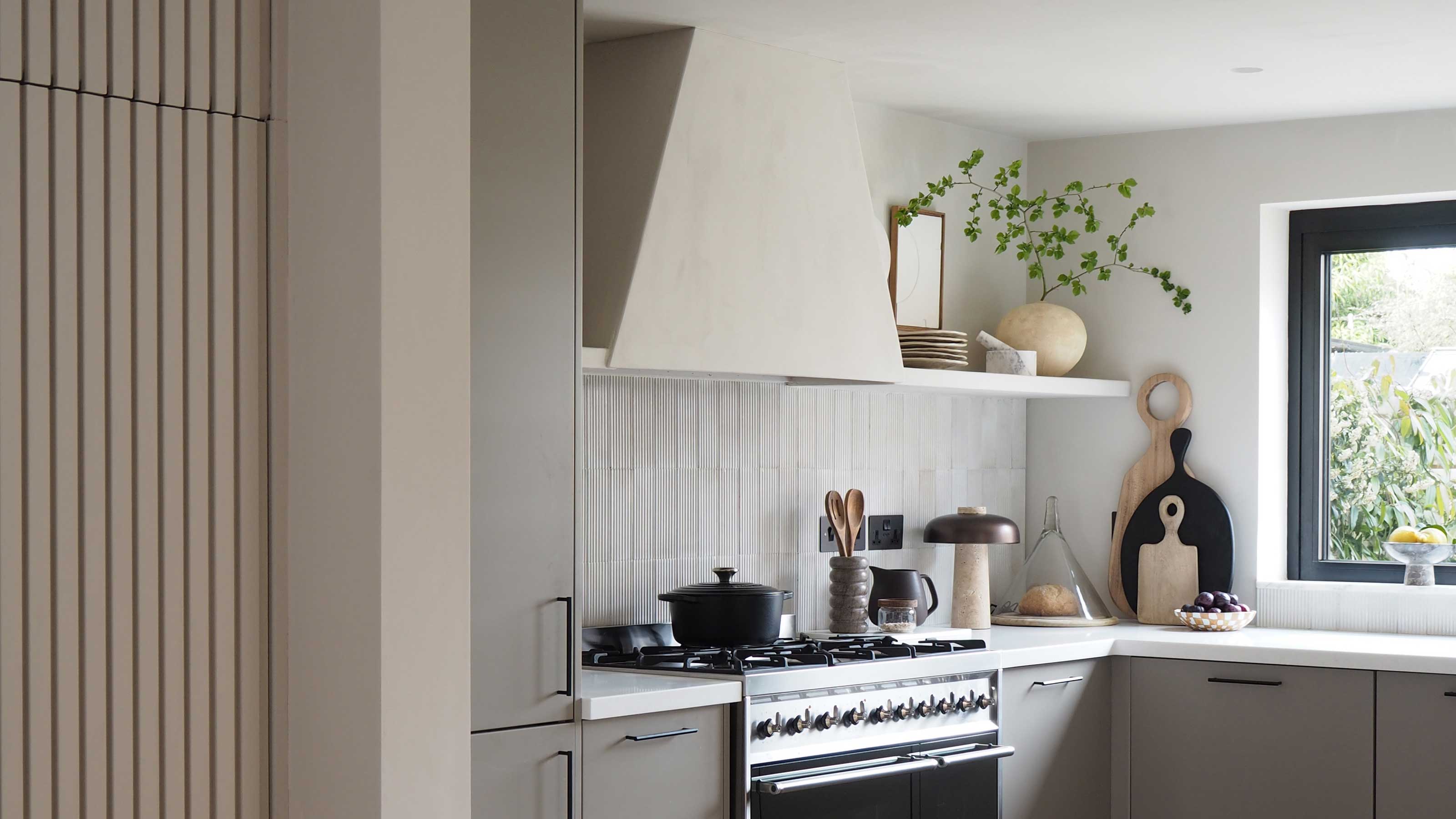
There are many ways you could approach making decluttering fun, but some of my favorites are switching on timers to declutter in bursts, listening to music while making decisions to reduce stress, or calling a friend to declutter with so it feels like we're both decluttering our spaces together.
Linda Samuels, certified professional organizer and founder of Oh, So Organized!, says, "When you’re overwhelmed by kitchen clutter, infuse some fun and energy into decluttering your space. Set a timer. Play upbeat music. Grab a large collection container like a laundry basket or box. The goal is to fill the container with items from the counters, surfaces, and floors that belong elsewhere. Then, afterwards, bring the things you collected to their homes or choose to let them go. You’ll see an immediate reduction in kitchen clutter."
The Althoff Rope Storage Fabric Basket from Wayfair would be ideal for this task as it's got handles to swiftly carry around your space and has lots of room to store things. Their rosecliff heights fabric basket is a good choice as well for if you plan to leave your basket sat down and not bring it around with you. Its circumference is wider, making it useful for carrying larger items.
8. Maintain your decluttered kitchen
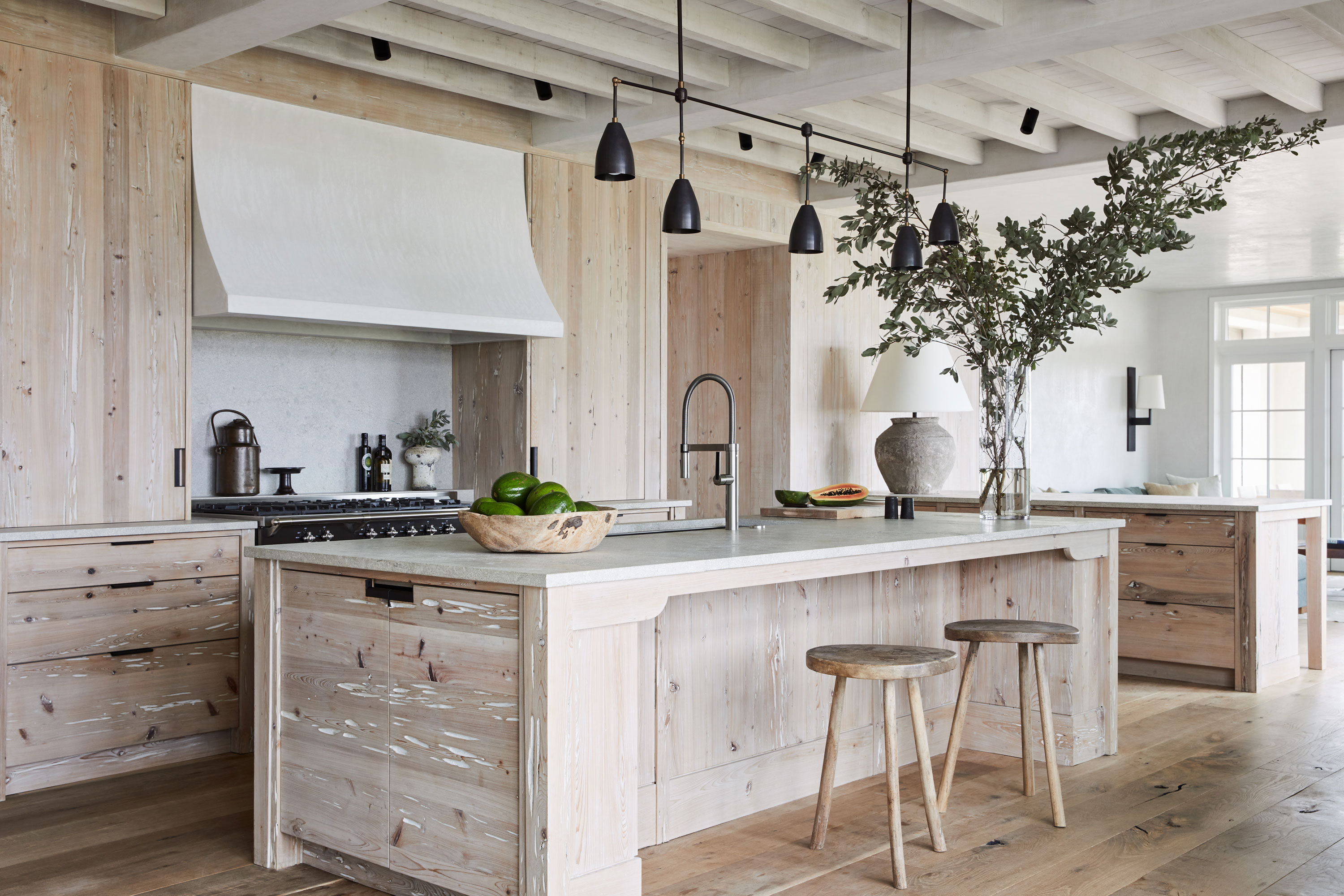
Decluttering will be a continuous cycle in your kitchen if you don't maintain the hard work you put in. So to save yourself future stress and labor, make decluttering an ongoing process and part of your kitchen routine.
"Kitchen clutter collects when a process isn’t finished," says Linda. "For example, after you open a cabinet or drawer, close it. When you use a pan, wash it and put it away. After cooking a meal with many ingredients, return them to the pantry or refrigerator instead of keeping them out. Completing the cycle is an effective and immediately noticeable decluttering strategy."
Another way to ensure that your kitchen stays clutter-free is to be mindful of new purchases. Before adding items to your cart, take time to decide if they are actually needed in your space. If they're not, wait until you need a replacement.
FAQs
Where do I start when decluttering my kitchen?
Kiera Malowitz, certified professional organizer and owner of Decluttered LLC, recommends tackling the open spaces in your kitchen first as they are the most visible areas in the room.
"Many times any empty space like countertops are the first to have items dumped on them so I recommend starting with what you see. Take the time to go through what is on the counters and especially if there are things that do not belong in the kitchen, declutter them first."
Kiera continues: "If you find you have things that should stay in the kitchen but do not know where to put them, then some of the other tips will help you, but first you want to get everything out of the kitchen that does not belong. This practice can be helpful to do every night for just 10-15 minutes. Placing things back where they belong each evening so that you reset for each day helps maintain a decluttered kitchen."
Be The First To Know
The Livingetc newsletters are your inside source for what’s shaping interiors now - and what’s next. Discover trend forecasts, smart style ideas, and curated shopping inspiration that brings design to life. Subscribe today and stay ahead of the curve.

Ciéra is a writer and regional laureate with particular passions for art, design, philosophy and poetry. As well as contributing to Livingetc, she's an Editorial Assistant for Design Anthology UK and a contributing writer for Homes & Gardens and Apartment Therapy. Previous commendations of hers include being Highly Commended by The Royal Society of Literature and receiving a prestigious MA Magazine Journalism scholarship to City, University of London.
-
 Straight from Salone: Five Emerging Trends I Found That'll Shape Interiors For the Year Ahead
Straight from Salone: Five Emerging Trends I Found That'll Shape Interiors For the Year AheadFrom reflective silver to fluidity, here's my perspective on the key themes and new moods coming through from Milan Design Week
By Sarah Spiteri Published
-
 9 Bathroom Storage Mistakes You're Probably Making That Make Using This Space Much Harder — And What to Do Instead
9 Bathroom Storage Mistakes You're Probably Making That Make Using This Space Much Harder — And What to Do InsteadDiscover which mistakes are to blame for your overcrowded and cluttered bathroom
By Seraphina Kyprios Published
-
 9 Bathroom Storage Mistakes You're Probably Making That Make Using This Space Much Harder — And What to Do Instead
9 Bathroom Storage Mistakes You're Probably Making That Make Using This Space Much Harder — And What to Do InsteadDiscover which mistakes are to blame for your overcrowded and cluttered bathroom
By Seraphina Kyprios Published
-
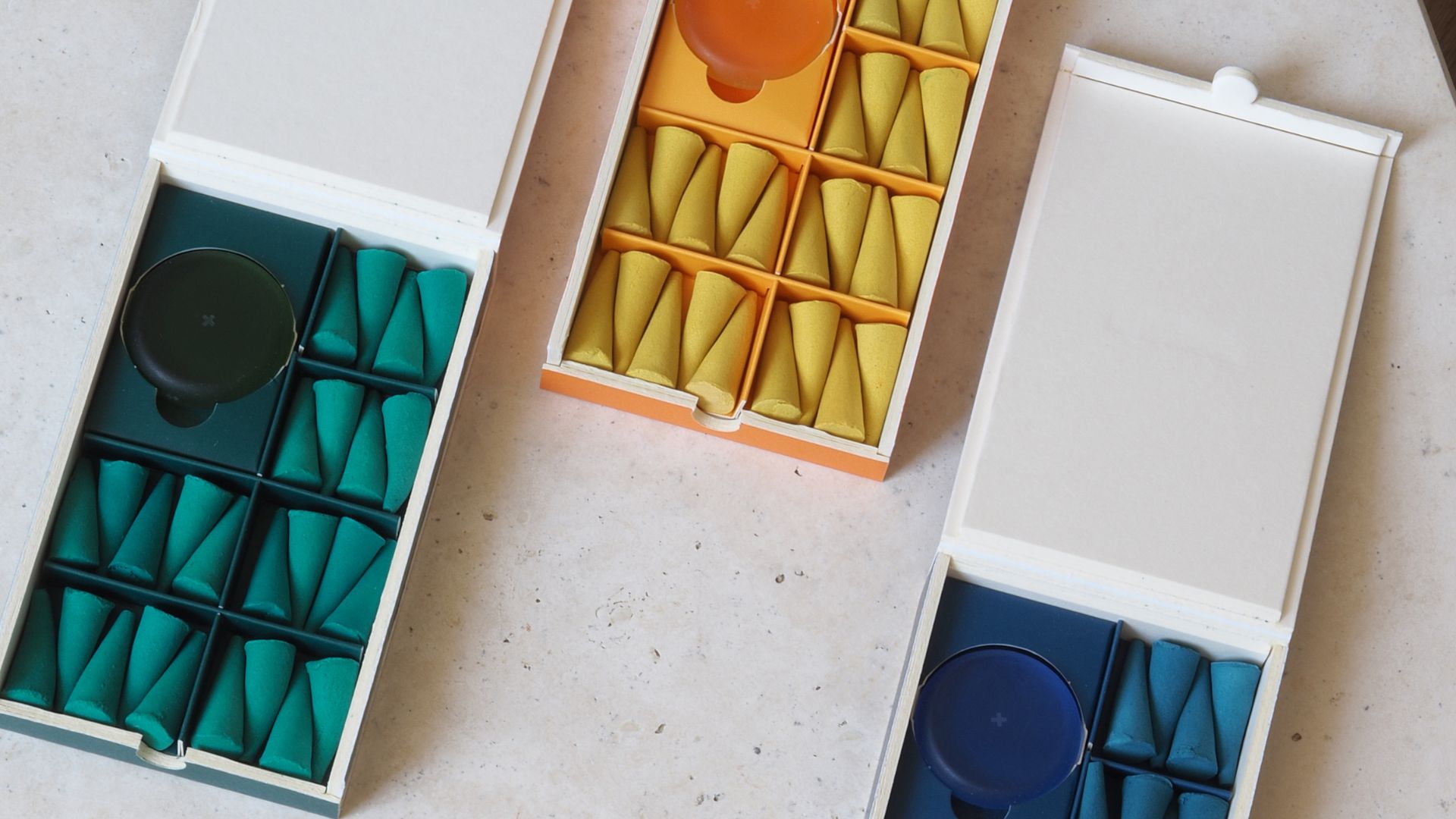 These 'Scenting Droplets' Might Be the Coolest (and Most Stylish) Way to Make Your Home Smell Amazing
These 'Scenting Droplets' Might Be the Coolest (and Most Stylish) Way to Make Your Home Smell AmazingIf you're looking to switch out your incense sticks for something more fun, then you should know about Ripple+'s incense droplets. Let me introduce you.
By Amiya Baratan Published
-
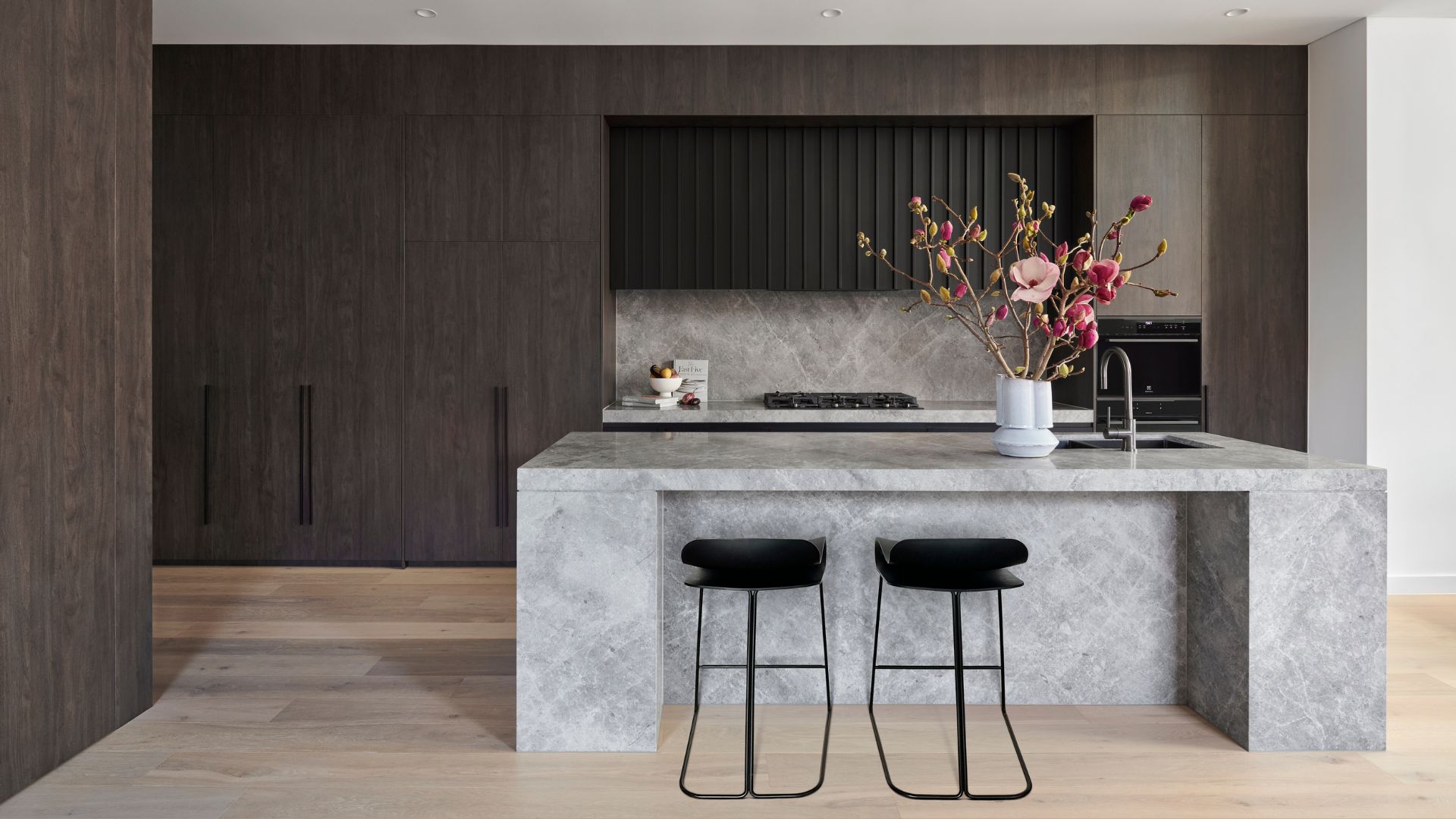 The Japanese Principle of Iki (粋) Is All About 'Refined Elegance' — Here's How to Embrace It in Your Home
The Japanese Principle of Iki (粋) Is All About 'Refined Elegance' — Here's How to Embrace It in Your HomeIf your interior vibe is all about refined elegance and opulent minimalism, you need to know about the Japanese principle of 'Iki'. Here's how to bring it home.
By Amiya Baratan Published
-
 What Can I Choose Instead of Brass Taps? 4 Finishes That Are Emerging in 2025's Kitchens and Bathrooms
What Can I Choose Instead of Brass Taps? 4 Finishes That Are Emerging in 2025's Kitchens and BathroomsIf you want to try something a little different for your kitchen or bathroom finishes, these are the trending styles in taps beyond classic brass
By Seraphina Kyprios Published
-
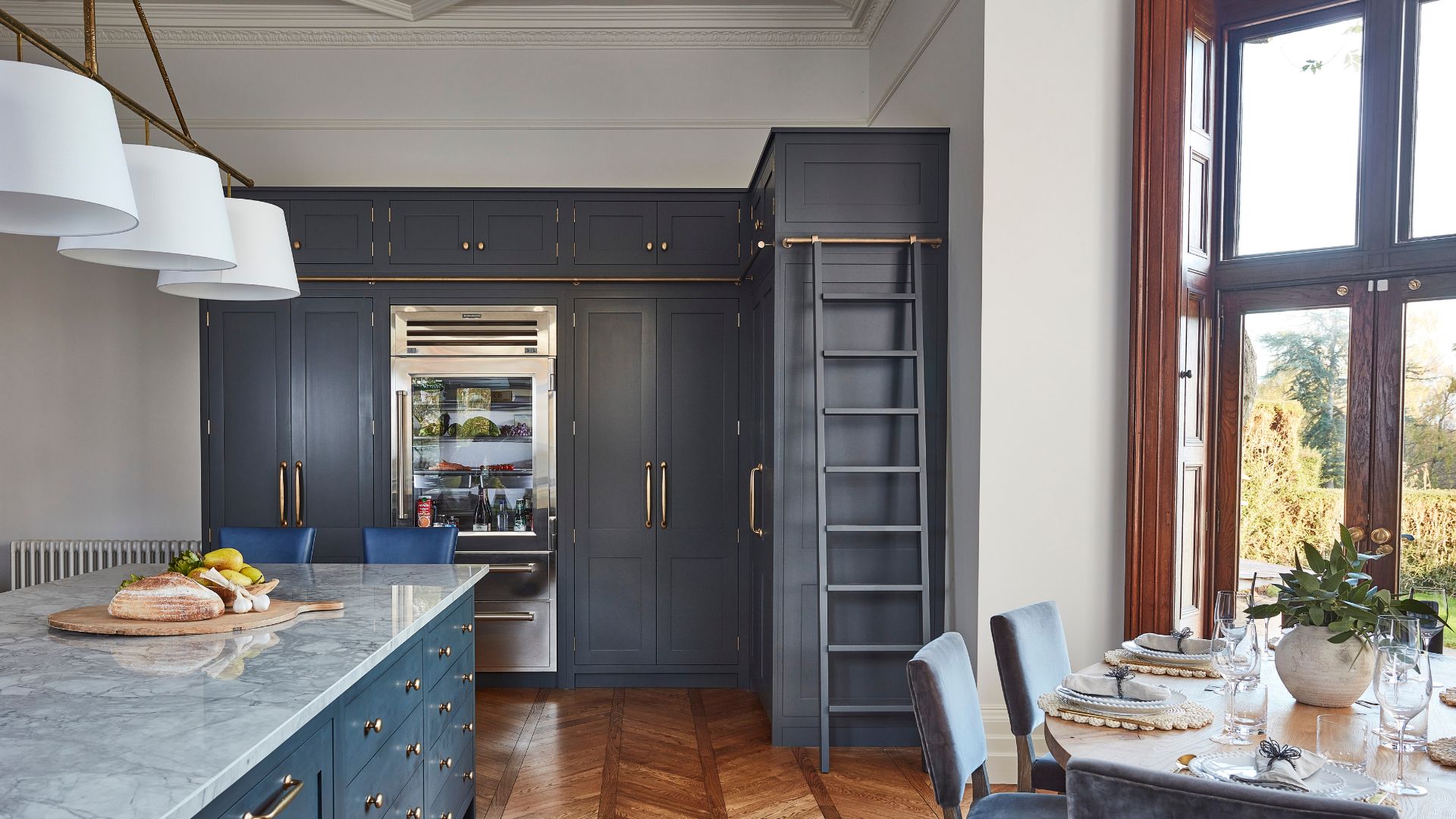 Kris Jenner’s 'All-Green' Glass Fridge Is My Organization Inspo of the Week — Here Are 5 Smart Storage Takeaways I'll Be Adopting
Kris Jenner’s 'All-Green' Glass Fridge Is My Organization Inspo of the Week — Here Are 5 Smart Storage Takeaways I'll Be AdoptingIf you're looking for fridgescaping inspiration, you might not think to look to Kris. But her all-green fridge says otherwise. Here are five tips we've learnt.
By Amiya Baratan Published
-
 8 Tranquil Water Garden Ideas That Look Beautiful and Train Your Ear Away From Noisy Outdoor Distractions
8 Tranquil Water Garden Ideas That Look Beautiful and Train Your Ear Away From Noisy Outdoor DistractionsIf you enjoy spending time outdoors and are looking for ways to elevate your backyard's ambiance, here are 88 water garden ideas that are sure to inspire.
By Amiya Baratan Published
-
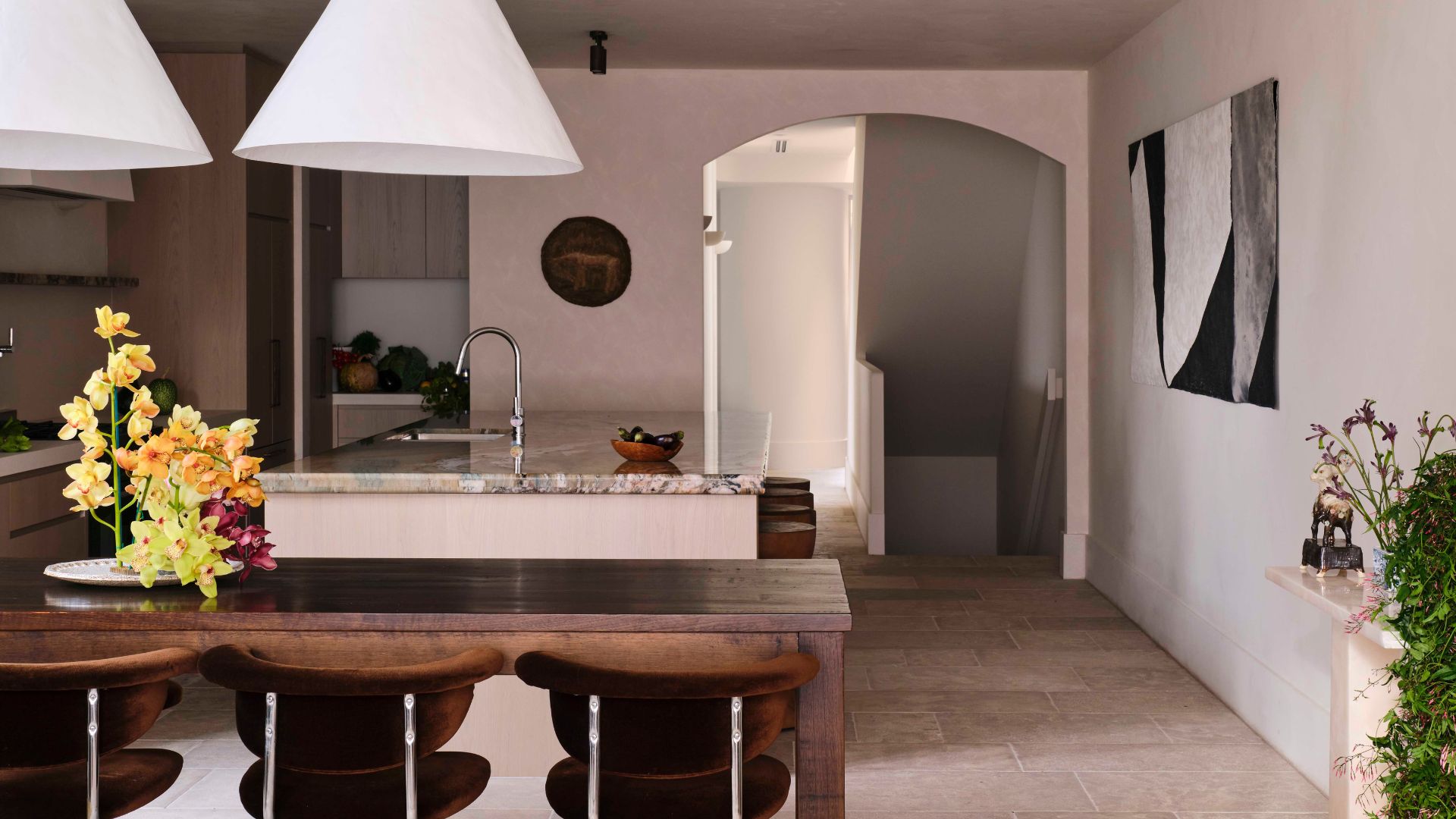 8 Ways to Make Your Home Smell Like Spring — The Tips, and Scents, That Feel Fresh on the Nose for the New Season
8 Ways to Make Your Home Smell Like Spring — The Tips, and Scents, That Feel Fresh on the Nose for the New SeasonDon't get caught lacking with wintery home fragrance now that spring has sprung
By Amiya Baratan Published
-
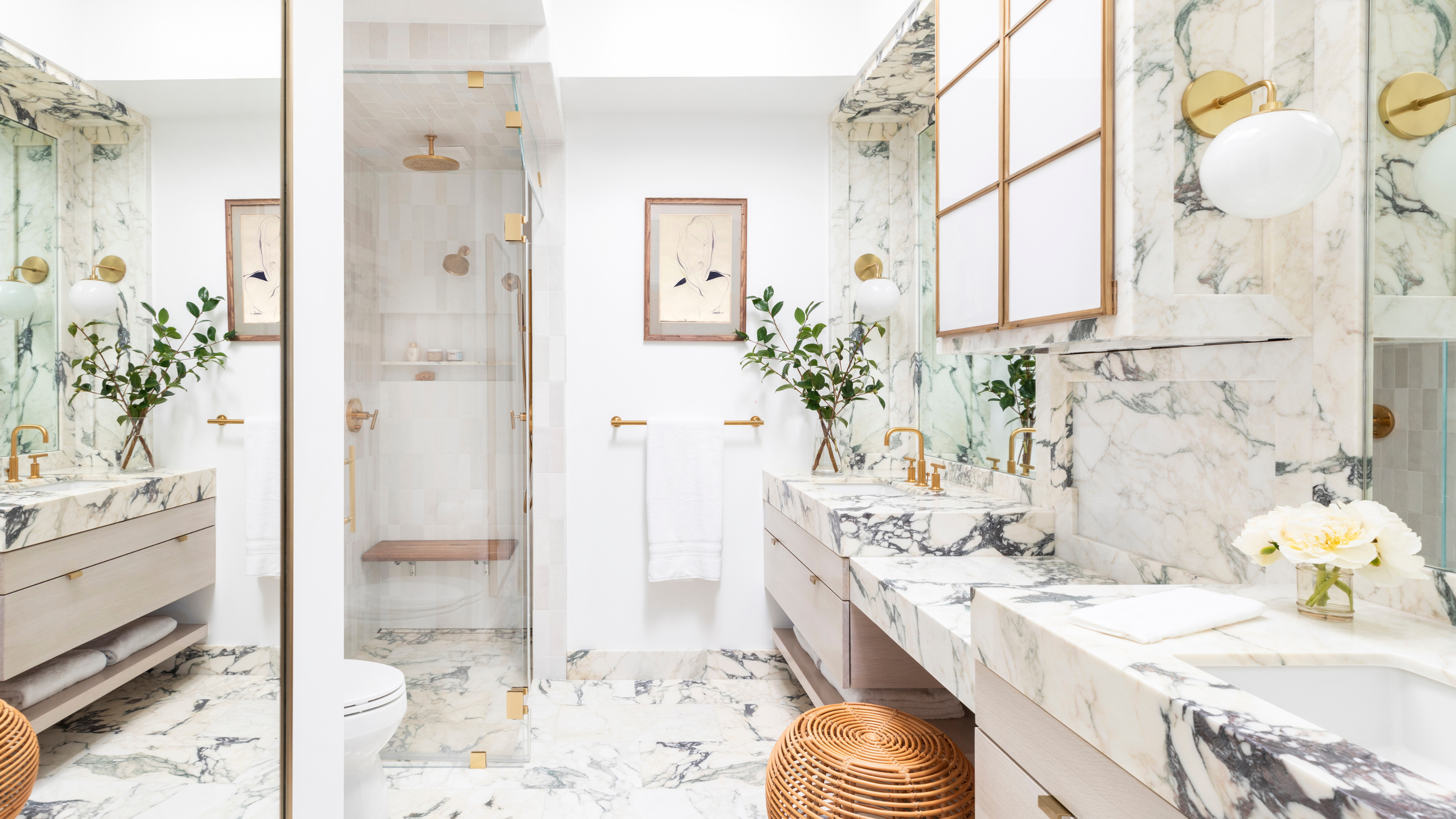 7 Bathroom Organizers That Will Change the Flow of Your Space — And Also Help You Cull Clutter
7 Bathroom Organizers That Will Change the Flow of Your Space — And Also Help You Cull ClutterKeep all your bathroom essentials contained and ditch the clutter for good with these smart ideas
By Seraphina Kyprios Published